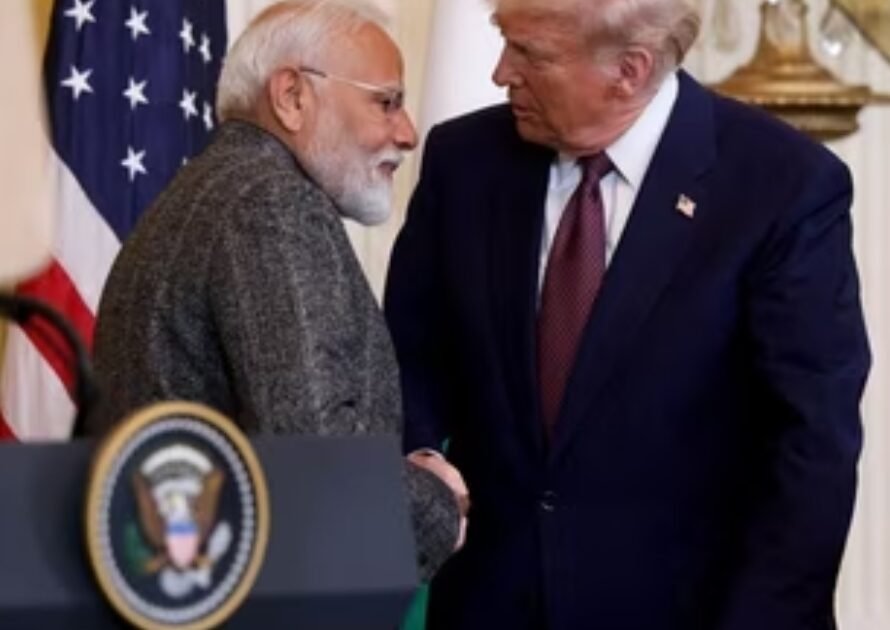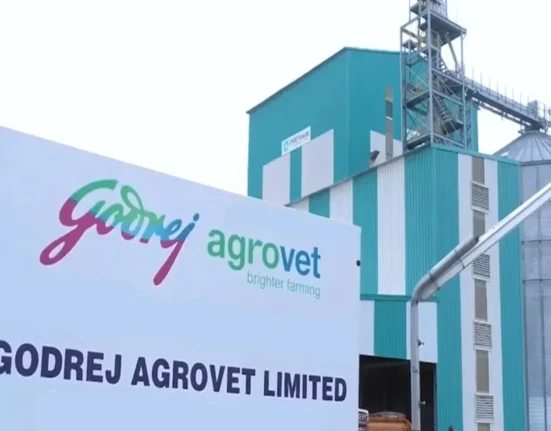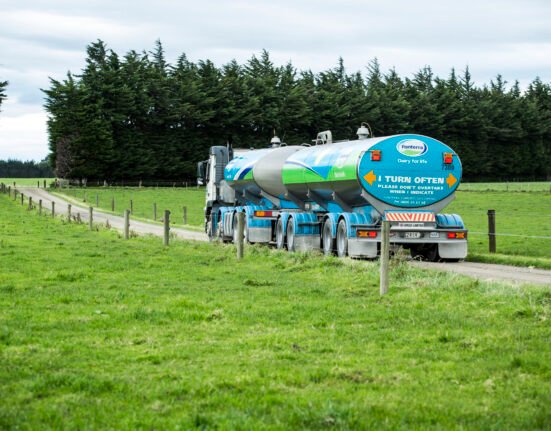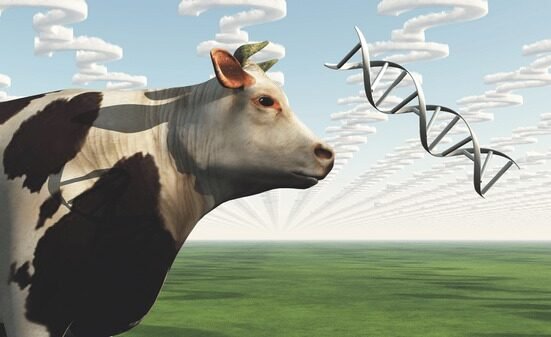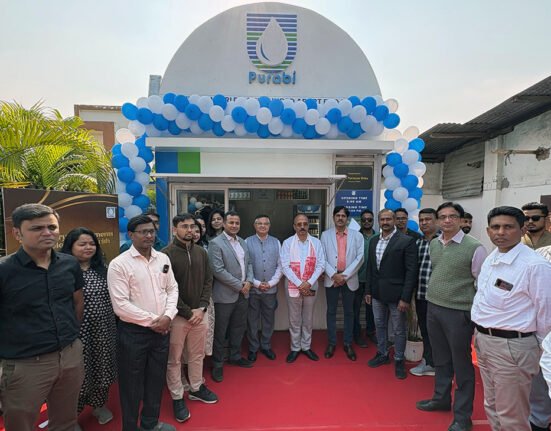As the clock ticks towards the critical July 9 deadline, India and the United States are racing to finalise a Bilateral Trade Agreement (BTA) that could prevent a looming tariff escalation. At the heart of these high-stakes negotiations lies one non-negotiable point for New Delhi: the protection of its dairy sector.
The U.S. has pushed for greater access to India’s vast agricultural market, including key dairy-related demands. However, Indian officials have taken a firm stance, calling dairy a “red line” in the talks.
“There is no question of conceding on dairy. That’s a red line,” —Senior Government Source
With over 80 million people dependent on dairy for their livelihoods, opening the Indian dairy market to foreign competition remains politically and economically unviable.
Chief Indian Negotiator Rajesh Agrawal has extended his stay in Washington to continue discussions. At the same time, External Affairs Minister S. Jaishankar confirmed that the negotiations are “intricate” and approaching a decisive phase.
“There will have to be give and take,” —S. Jaishankar, External Affairs Minister
U.S. President Donald Trump expressed optimism about a deal, stating:
“I think we are going to have a deal with India. It is going to be a deal where we are able to go in and compete… and have much less tariffs.” —President Donald Trump
Meanwhile, Washington is pressing for duty reductions on apples, almonds, ethanol, and genetically modified crops. The U.S. also seeks to dismantle India’s extensive non-tariff barriers, particularly its over 700 Quality Control Orders, which restrict imports of low-grade products.
Trade expert Ajay Srivastava from the Global Trade Research Initiative commented:
“The next seven days could determine whether India and the US settle for a limited ‘mini-deal’ or walk away from the negotiating table.” —Ajay Srivastava, GTRI
Should the negotiations fail, a suspended 26% levy on American goods would be reimposed, dealing a blow to both economies. Currently, India maintains a baseline tariff of 10%.
Despite the friction, both countries share a long-term vision of expanding bilateral trade from $191 billion to $500 billion by 2030. The roadmap includes phased agreements, with agriculture and dairy being central to Phase One.
Industry analysts caution that any compromise on dairy could disrupt the delicate balance of rural employment, domestic pricing, and food security. The sector, a cornerstone of the Indian economy, is already facing challenges including rising input costs, market volatility, and growing demands for sustainability.
As the deadline nears, the global dairy community is watching closely. The outcome could reshape the trajectory of India-US economic relations and signal the future direction of trade policy, impacting dairy producers on both sides.

